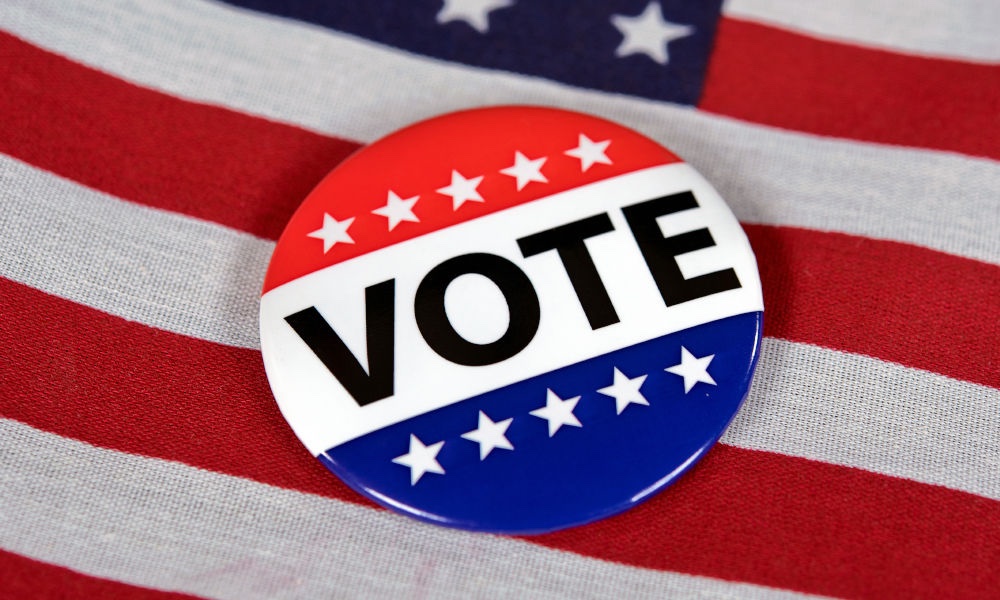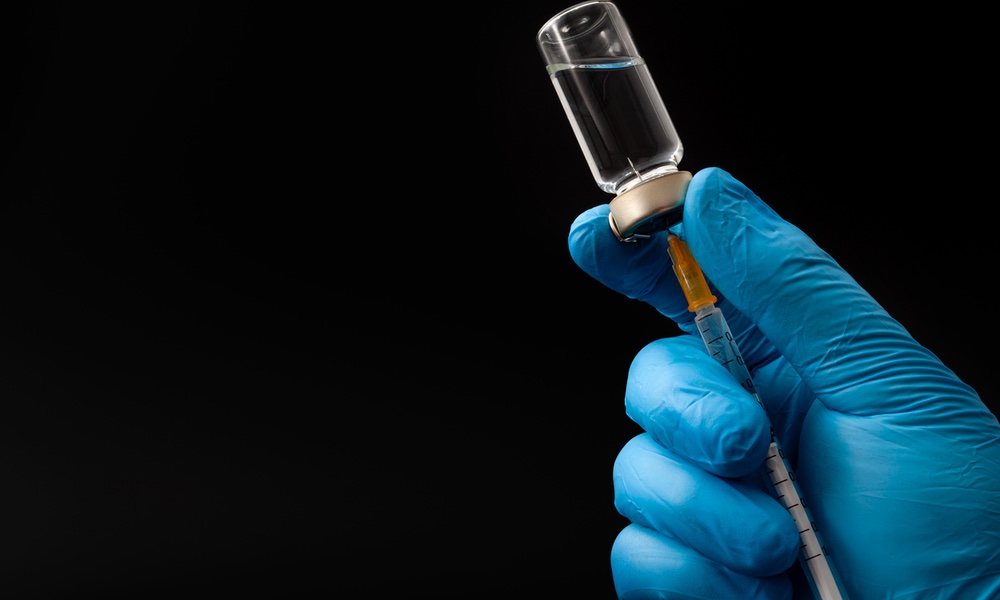For decades, the amount of sleep people get at night has been decreasing. Teenagers are no exception. Once upon a time, they listened to baseball games with a radio under their pillow or read comics under the covers. Today teens have a wider array of nighttime activities available: Internet, texting, videos, DVDs and MP3 players, to name a few. While this variety may make their parents envious, it also cuts down on how much sleep teens get at night. Many studies have shown that people don't function as well on limited sleep. Some studies suggest that teens may need more than eight hours of sleep at night for good health. They don't seem to be getting it.Not surprisingly, they found that the teens who spent the most time using electronic devices at night were the ones who slept the least.
A team of researchers set out to find out how much sleep local teens were getting and the effect of caffeine and nighttime electronic device usage on teen sleep. They looked at the nighttime habits and sleep patterns of 100 teens from suburban Philadelphia. All study information was obtained from questionnaires filled out by the teens.
Not surprisingly, they found that the teens who spent the most time using electronic devices at night were the ones who slept the least. Device usage also went hand in hand with caffeine intake; the more time teens spent using electronic devices, the more caffeine they consumed and vice versa.
Only 20% of the teens were getting 8 or more hours of sleep a night. Most (60%) were getting 6 to 8 hours. On average, the teens spent over 5 hours using one or a combination of electronic devices after 9 PM. And three-quarters of them drank the equivalent of one or more espresso's worth of caffeine at some point during the day or night.
What were they doing late at night? The most time was spent watching TV, with video or DVD watching second. On average, they found the time to engage in four different electronic activities.
Those who drank caffeinated beverages (85%) consumed the equivalent of 1.5-2 espressos on average. While some concern has been expressed over the caffeine content of newer energy beverages, three-quarters of the caffeine the teens were ingesting came from old fashioned sources: tea, coffee or traditional soft drinks.
"Energy drinks" do contain considerably more caffeine than traditional soft drinks, but they contain only about three-quarters the amount of caffeine per ounce that a cup of coffee does.
The best example of the effects of all this caffeine and late night electronica was the number of teens falling asleep in school. But teens gave several other examples of how tired they were during the day. Nearly 40% reported napping after school. One teen even admitted falling asleep at the wheel of a car.
So how do you get teens to cut down on nighttime media usage? That's a tough one. Christine Calamaro, the study's lead author, suggests that parents limit the number of technological devices in the bedroom and don't allow their children to sleep with their cell phone next to the bed, making sure that it's out of the bedroom. Jonathan Pletcher, an adolescent medicine specialist at Pittsburgh Hospital, suggests teens shut down the computer and cell phone well before bedtime and do calming activities before bed.
The study results were published in the June 2009 issue of Pediatrics.




